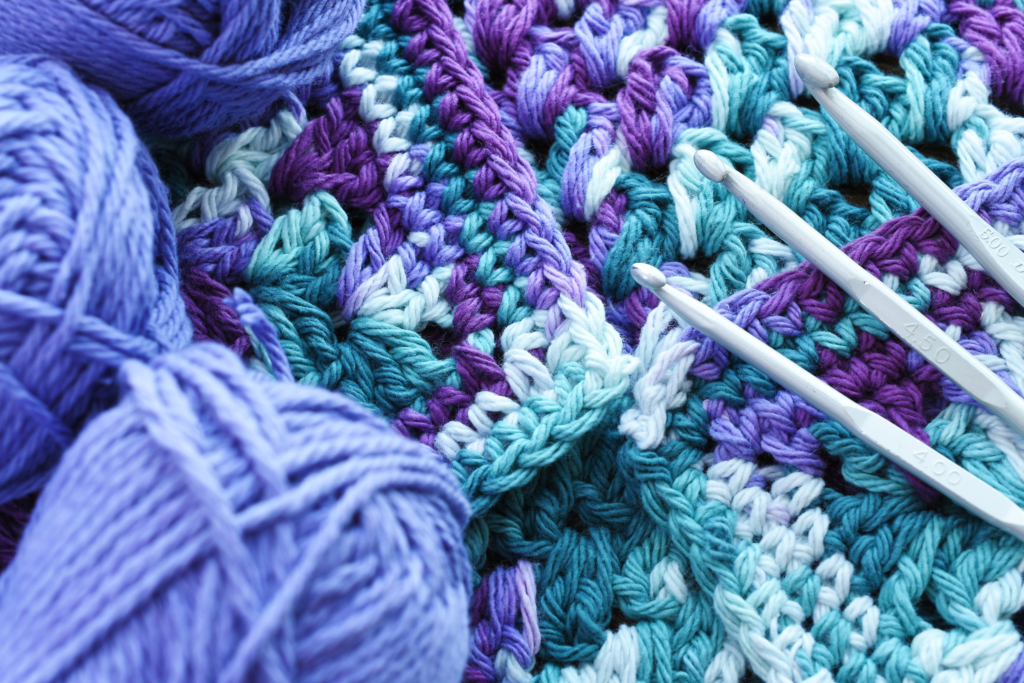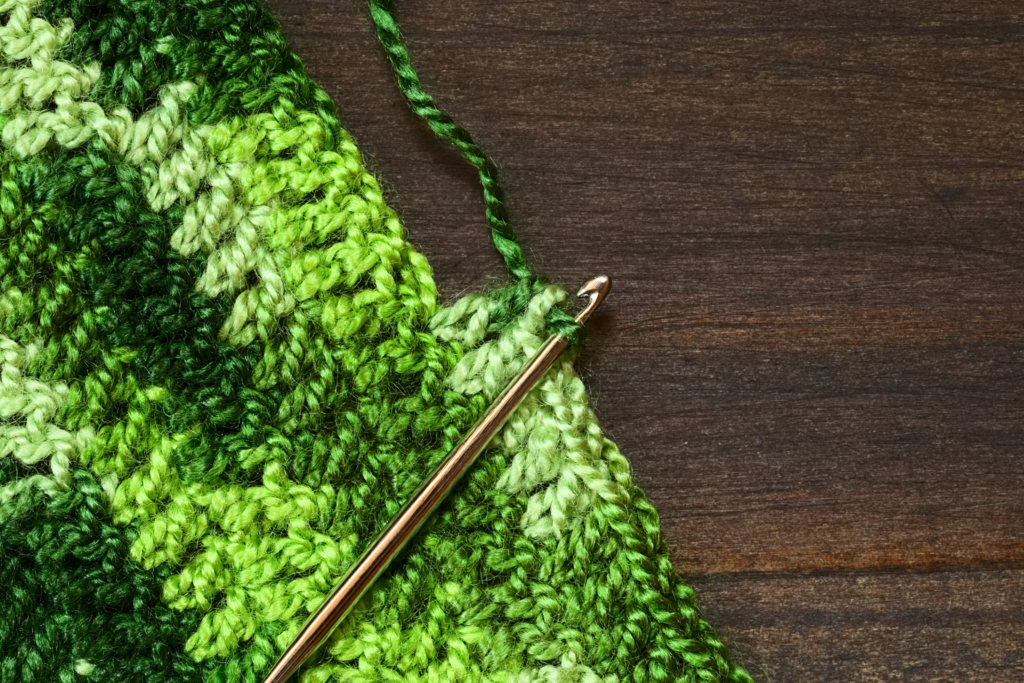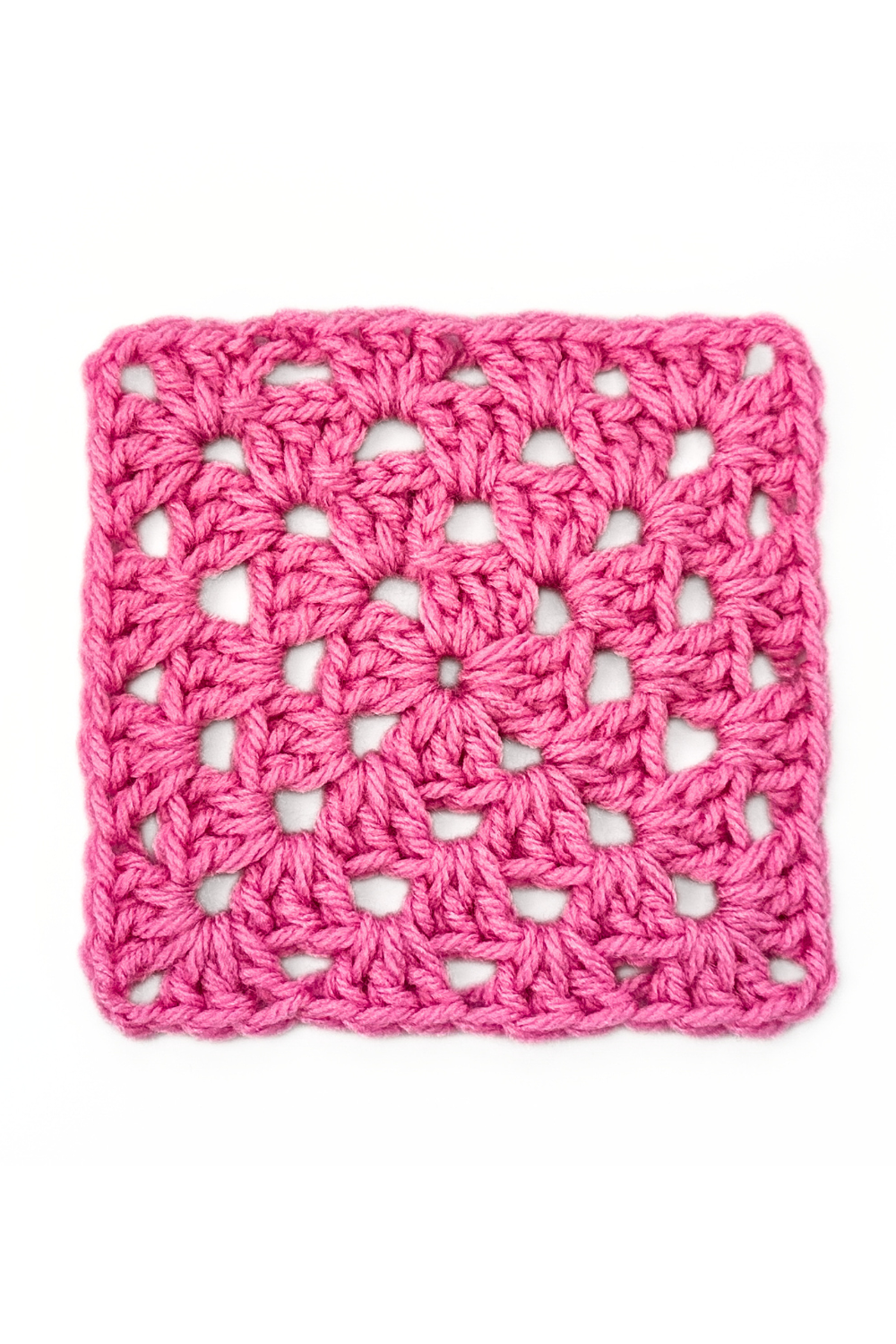
If you’re a crochet enthusiast, you’ve likely heard of color pooling. It’s a technique that creates beautiful patterns using variegated yarn. Planned pooling is a type of color pooling that’s become increasingly popular in recent years.
In this article, we’ll cover everything you need to know about planned pooling, from what it is and how it works, to tips and tricks for mastering the technique.
Table of Contents
- What is Planned Pooling?
- How Does Planned Color Pooling Work?
- Choosing the Right Yarn for Planned Pooling
- Tips and Tricks for Planned Pooling
- Use a Swatch
- Adjust Your Hook Size
- Try Different Stitch Patterns
- What are the best stitches for planned pooling?
- Types of color pooling patterns
- Common Mistakes to Avoid
- Troubleshooting
- Conclusion
- FAQs
1. What is Planned Pooling?
Planned pooling is a technique where you intentionally manipulate variegated yarn to create a specific pattern. The result is a beautiful and unique color scheme that can be used in a variety of projects. Planned pooling is different from regular color pooling, which can often result in unintentional pooling patterns.
2. How Does Planned Color Pooling Work?
Planned pooling involves understanding the color repeats in your variegated yarn and using that knowledge to create a specific pattern. To do this, you need to create a swatch and measure the color repeats. Once you know the length of the color repeat, you can use this information to adjust your stitch count to create a specific pattern.
3. The Best Yarns for Planned Pooling

Not all variegated yarns are suitable for planned pooling. To create a successful pooling pattern, you need a yarn that has a consistent color repeat. This means that the colors in the yarn will repeat at the same intervals throughout the skein. Look for yarns that have a consistent colorway and avoid yarns with large color sections or irregular color changes.
Here are a few of my favorite pooling yarns:
- Red Heart Super Saver Pooling Yarn: This yarn is specially designed for planned pooling and comes in a range of colorways with consistent color repeats. It’s made from 100% acrylic, making it durable and easy to care for.
- Bernat Softee Chunky Pooling Yarn: This yarn is also designed for planned pooling and has a super soft texture that makes it perfect for cozy blankets and scarves. It’s made from 100% acrylic and comes in a range of beautiful colorways.
- Lion Brand Mandala Planned Pooling Yarn: This yarn features stunning color changes that make it perfect for planned pooling projects. It’s made from 100% acrylic and comes in a variety of yarn thicknesses.
- Caron Simply Soft Stripes Pooling Yarn: This yarn has a beautiful sheen and comes in a range of colorways with consistent color repeats. It’s made from 100% acrylic and is perfect for a variety of projects, including scarves and shawls.
- Premier Yarns Sweet Roll Pooling Yarn: This yarn features long color changes that make it perfect for planned pooling. It’s made from a blend of cotton and acrylic, giving it a soft and breathable feel. It comes in a range of colorways, making it easy to find the perfect one for your project.
4. Tips and Tricks for Planned Pooling
4.1 Use a Swatch
Creating a swatch is an essential part of planned pooling. It allows you to measure the color repeat and adjust your stitch count to create the desired pooling pattern. Make sure you create a swatch that is large enough to measure accurately.
4.2 Adjust Your Hook Size
If you’re not getting the desired pooling pattern, try adjusting your hook size. A larger hook will create wider stitches, which can help break up the color repeats in your yarn. Conversely, a smaller hook will create tighter stitches, which can make the color repeats more prominent.
To find out which crochet hook is best for your next project, check out our article The Ultimate Guide: The Best Crochet Hooks for Every Need.
4.3 Try Different Stitch Patterns
Different stitch patterns can create different pooling patterns. If you’re not happy with the pooling pattern you’re getting, try experimenting with different stitch patterns to see what works best with your yarn.
4.4 Best Crochet Stitches for Planned Pooling
Different stitch patterns can create different pooling patterns, so it’s important to experiment with different options to find what works best with your yarn. Here are some crochet stitches that are particularly well-suited for planned pooling:
- Single Crochet: The single crochet stitch is a popular choice for planned pooling because it creates a dense fabric that shows off the color changes in variegated yarns.
- Moss Stitch: The moss stitch, also known as the granite stitch, is another great option for planned pooling. It creates a textured fabric that highlights the color changes in variegated yarns.
- Linen Stitch: The linen stitch is a simple yet striking stitch that creates a woven-like fabric. It’s perfect for showcasing the color changes in variegated yarns.
- Tunisian Stitch: The Tunisian stitch, also known as the afghan stitch, creates a dense and sturdy fabric that’s great for showcasing color changes in variegated yarns.
4.5 Color Pooling Pattern Types
Planned pooling can create a range of beautiful color patterns, but it’s important to understand the different types of pooling patterns that can occur. Here are some of the most common color-pooling pattern types:
- Stripe: A stripe pattern is a simple and classic pooling pattern that creates horizontal stripes of color.
- Zigzag: The zigzag pattern creates diagonal lines of color that alternate direction.
- Argyle: The argyle pattern is a classic diamond-shaped pattern that creates a sophisticated look.
- Checks: A check pattern creates a simple, checkerboard-like pattern of color.
- Abstract: An abstract pattern is a more free-form pattern that doesn’t follow a specific geometric shape. It can create a unique and eye-catching look.
Understanding the different color pooling pattern types can help you choose the right stitch pattern and adjust your stitch count to achieve the desired effect. Experiment with different combinations of yarn, stitch patterns, and color-pooling pattern types to create beautiful and unique projects.
5. Common Mistakes to Avoid
There are a few common mistakes that can make planned pooling more challenging than it needs to be. First, avoid yarns with a lot of white or black in the colorway, as these colors can disrupt the pooling pattern. Second, be careful not to stretch your stitches too much, as this can also disrupt the pooling pattern.
6. Troubleshooting
If you’re having trouble with your pooling pattern, don’t give up! There are several things you can do to troubleshoot the problem. First, make sure you’re using the right hook size for your yarn. Second, double-check your stitch count to make sure it’s correct. Finally, if all else fails, try a different yarn or stitch pattern.
- Pooling isn’t consistent: If you’re having trouble getting consistent pooling, try adjusting your hook size. A larger hook will create wider stitches, which can help break up the color repeats in your yarn. Conversely, a smaller hook will create tighter stitches, which can make the color repeats more prominent.
- Colors are pooling in unintended areas: If your colors are pooling in areas where you don’t want them, try adjusting your stitch pattern. Different stitch patterns can create different pooling patterns, so experiment with different options to see what works best with your yarn.
- Swatch isn’t accurate: If your swatch isn’t measuring the color repeats accurately, try creating a larger swatch. A larger swatch will give you a more accurate measurement of the color repeats, which can help you adjust your stitch count accordingly.
- Stitches are too tight or too loose: If your stitches are too tight or too loose, it can affect the pooling pattern. Be sure to maintain a consistent tension throughout your project and adjust your hook size as needed to achieve the desired result.
- Yarn is not suitable for planned pooling: If you’re having trouble getting the pooling effect you want, it could be that your yarn is not suitable for planned pooling. Look for yarns with consistent color repeats and avoid yarns with large color sections or irregular color changes.
7. Conclusion
Planned pooling is a beautiful and rewarding technique that can take your crochet projects to the next level. With a little practice and patience, you can create stunning color patterns that will be the envy of your friends and family. Remember to choose the right yarn, create a swatch, and experiment with different stitch patterns and hook sizes to find the perfect pooling pattern for your project.
In conclusion, planned pooling is a technique that allows crocheters to intentionally manipulate variegated yarn to create beautiful and unique color patterns. Understanding color repeats in yarn and creating a swatch to measure them accurately is essential.
Choosing the right yarn, adjusting hook sizes, and experimenting with different stitch patterns can help achieve desired pooling patterns. Avoiding common mistakes and troubleshooting techniques can help overcome challenges. With practice and patience, planned pooling can produce stunning results in a variety of projects.
8. FAQs
- Is planned pooling difficult to master?
Planned pooling can be challenging to master, but with practice and patience, anyone can learn how to do it.
- Can you use any yarn for planned pooling?
No, not all yarns are suitable for planned pooling. Look for yarns with consistent color repeats for the best results.
- What types of projects are best suited for planned pooling?
Planned pooling can be used in a variety of projects, from scarves and blankets to hats and bags.
- Can you combine different variegated yarns for a pooling effect?
Yes, you can combine different variegated yarns to create unique pooling patterns.
- Are there any other techniques that can be used with planned pooling?
Yes, you can combine planned pooling with other techniques, such as tapestry crochet or colorwork, to create even more complex and beautiful projects.
-
Garden Fairy Crop Top FREE Crochet Pattern
Want the full AD-Free, printable PDF version of this pattern? Click here to get it on Etsy The Garden Fairy Top is a fantastical and…
-
Easy Crochet Granny Square Pattern + Video Tutorial
Mastering the crochet granny square is a great way to build your crochet skills while creating a timeless design that’s perfect for a wide variety…

